Imagine a bright, tangy fruit bursting with flavor; that’s the journey of a lemon, from the delicate blossom to the vibrant fruit we know and love.
Growing lemons can be a rewarding experience, but it also comes with its fair share of frustrations. Pests, diseases, and improper care can lead to challenges in cultivating these citrus fruits.
The Life Cycle Of A Lemon: From Blossom To Fruit
From Bud To Blossom
The life cycle of a lemon begins with a small, green bud.
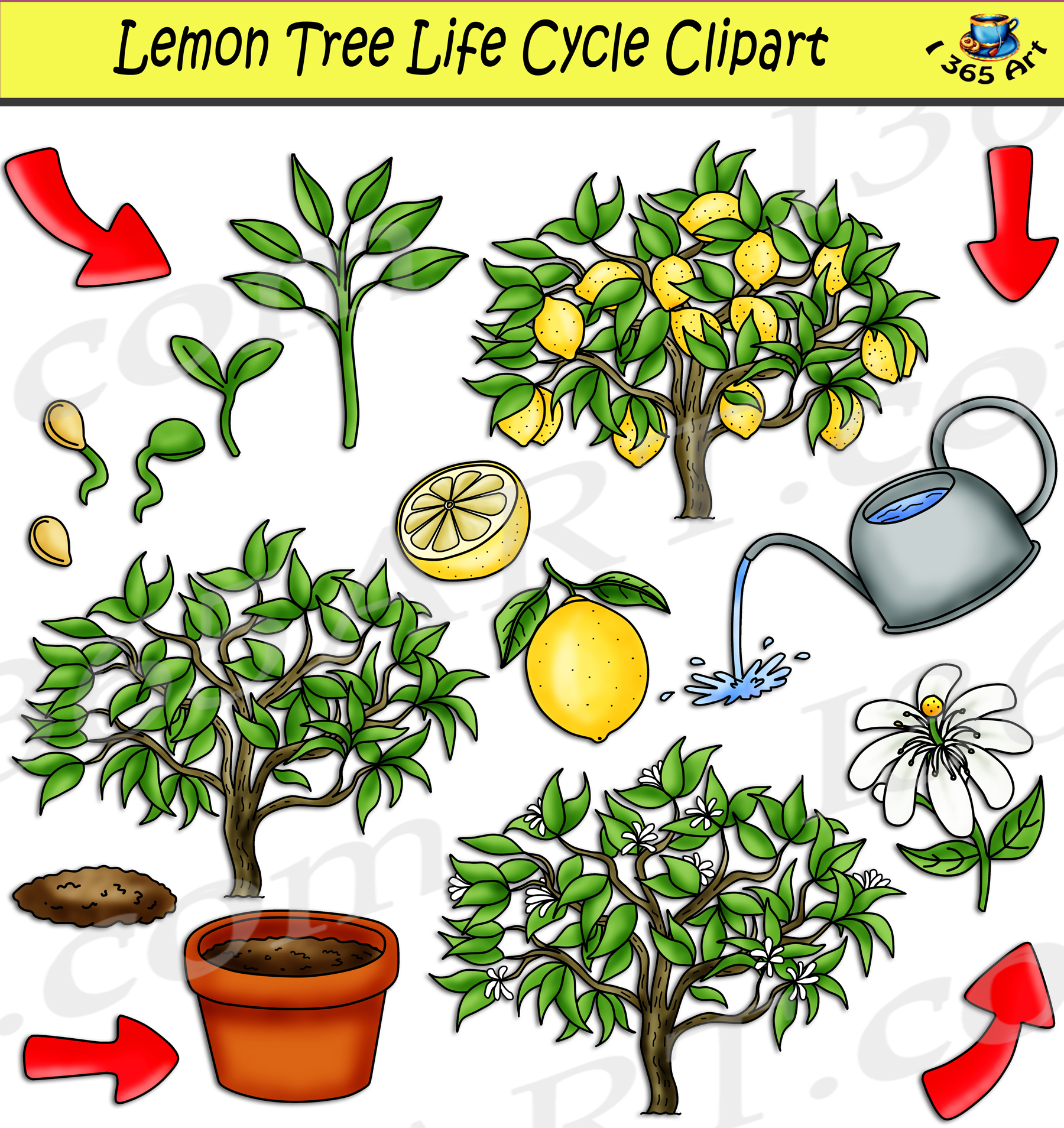
Lemon Tree Life Cycle Clipart Set Download – Clipart 4 School – DaftSex HD – Source daftsex-hd.com
As the bud matures, it swells and develops into a beautiful, fragrant blossom. The blossom is composed of five white petals, which attract pollinators such as bees and butterflies.
Pollination And Fruit Set
When a pollinator visits a lemon blossom, it transfers pollen from the male anthers to the female stigma.
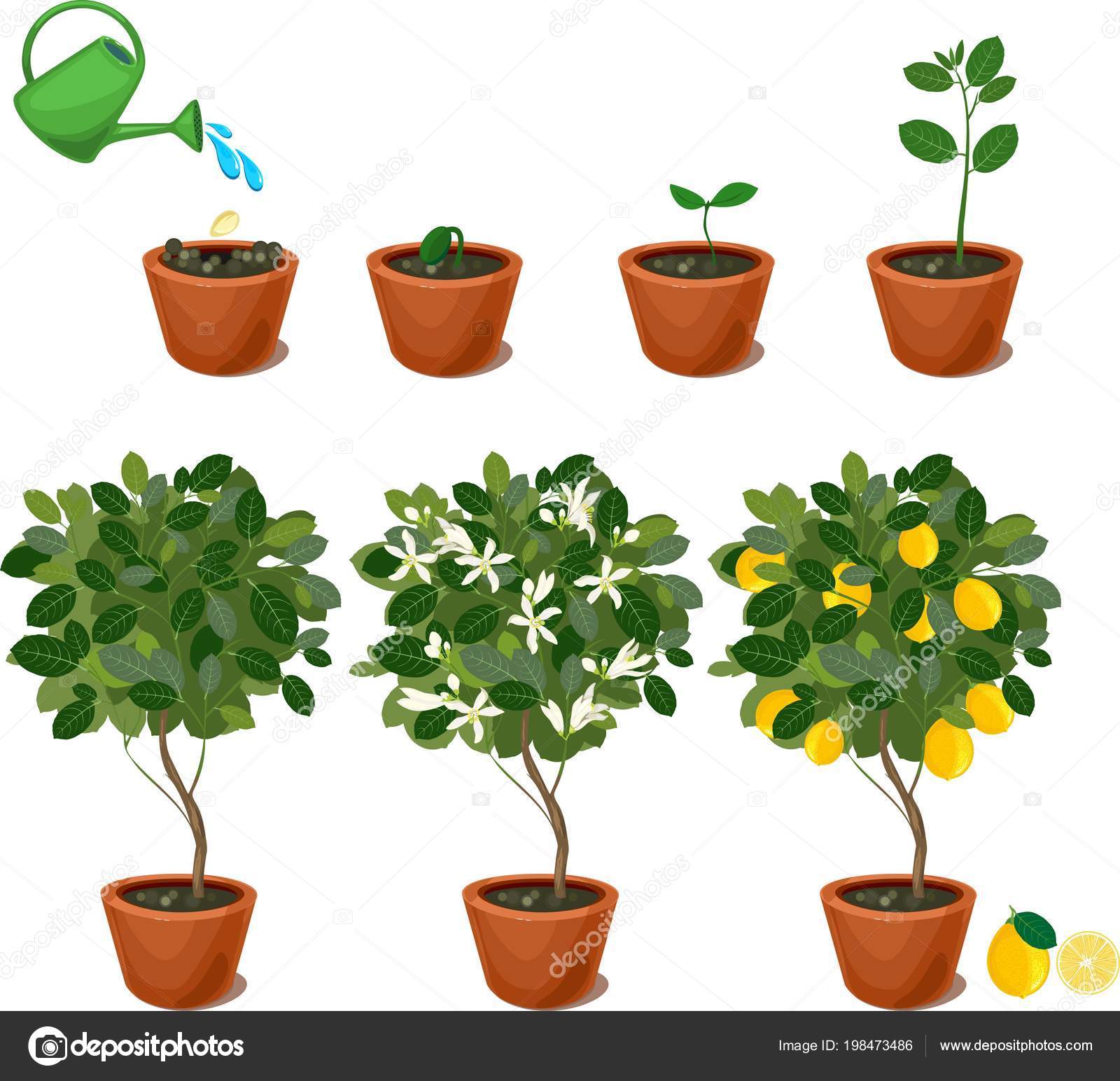
Plant Growing Seed Lemon Tree Life Cycle Plant ⬇ Vector Image by – Source depositphotos.com
If pollination is successful, the stigma will develop into a small fruit. The fruit will then begin to grow and swell.
Fruit Development
As the fruit develops, it will change color from green to yellow.
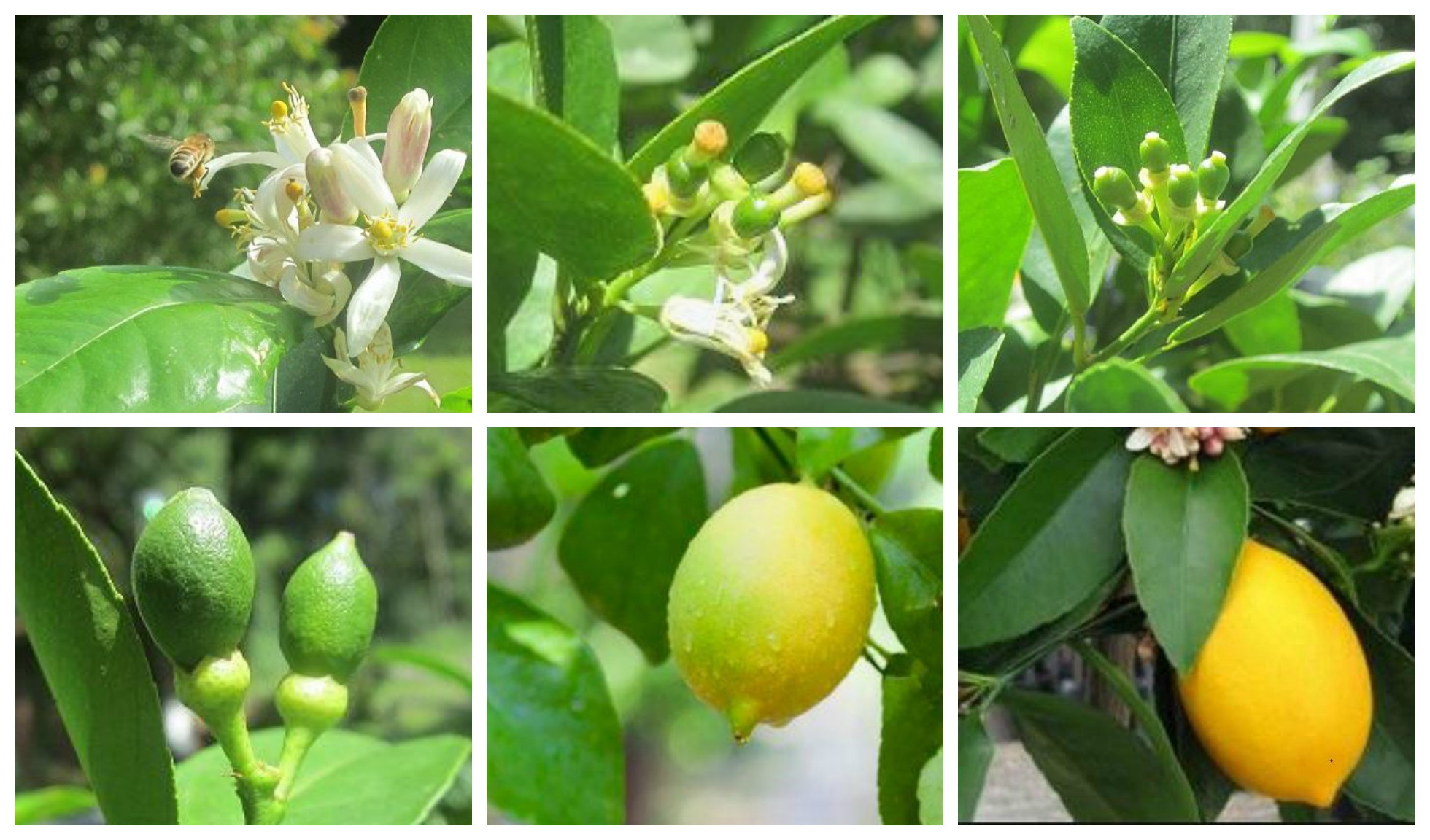
اكتمال نمو ونضج ثمار الخضروات والفاكهة | الفلاح اليوم – Source alfallahalyoum.news
The fruit will also become more acidic and juicy. The development of the fruit can take several months.
Harvesting
Lemons are ready to be harvested when they are fully yellow and have reached their desired size.

Lemon Tree Life Cycle Printables – Simple Living. Creative Learning – Source simplelivingcreativelearning.com
The fruit should be harvested carefully to avoid damaging the tree.
The History And Myth Of Lemons
Ancient Origins
Lemons have been cultivated for thousands of years. The first known cultivation of lemons occurred in India around 2500 B.C.

Lemon Sharks are how old? | Save Our Seas Magazine – Source saveourseasmagazine.com
From India, lemons spread to Persia, Arabia, and eventually the Mediterranean region.
Mythology And Folklore
Lemons have been featured in mythology and folklore for centuries. In Greek mythology, lemons were said to be the fruit of the Hesperides, a group of nymphs who guarded the golden apples of immortality.
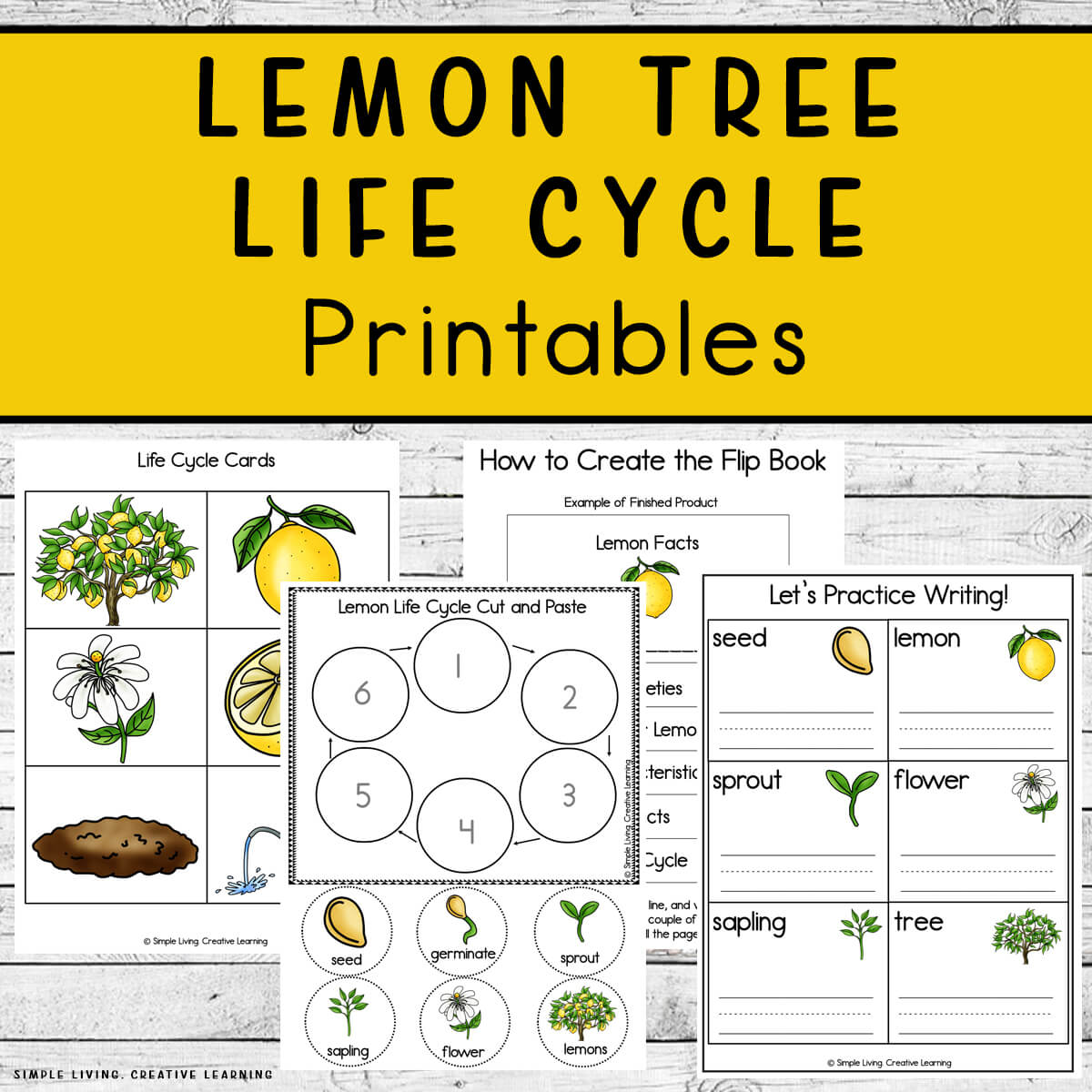
Lemon Tree Life Cycle Printables – Simple Living. Creative Learning – Source simplelivingcreativelearning.com
In Chinese folklore, lemons are said to bring good luck and fortune.
The Hidden Secret Of Lemons
Nutritional Powerhouse
Lemons are a nutritional powerhouse. They are an excellent source of vitamin C, which is essential for immune system health.
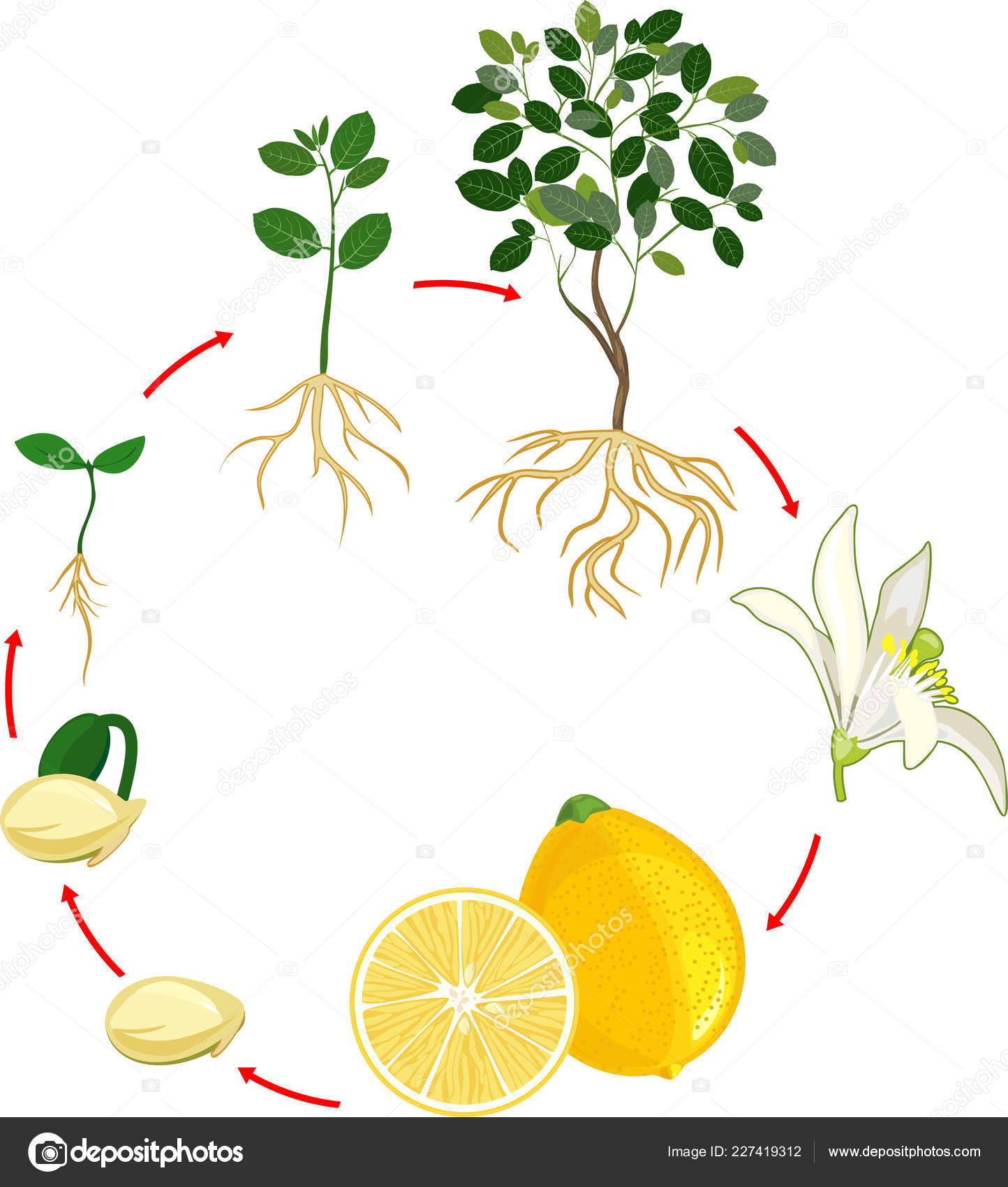
Lemon Tree Life Cycle Clipart Set Download Clipart 4 – vrogue.co – Source www.vrogue.co
Lemons also contain potassium, folate, and fiber.
Antioxidant Properties
Lemons are a good source of antioxidants. Antioxidants help protect the body from damage caused by free radicals.

Lemon Tree Life Cycle; lemon tree lifespan from start to finish – 2-Gardens – Source 2-gardens.com
Free radicals are molecules that can damage cells and lead to diseases such as cancer and heart disease.
The Wonders Of Lemons
Culinary Delights
Lemons are a versatile fruit that can be used in a variety of culinary applications. Lemons can be used to make lemonade, pies, cakes, and other desserts.
Lemons can also be used to add flavor to savory dishes such as fish, chicken, and pasta.
Health Benefits
Lemons have a number of health benefits. Lemons can help to boost the immune system, reduce inflammation, and improve digestion.
Lemons can also help to lower blood pressure and cholesterol levels.
Household Uses
Lemons can also be used for a variety of household purposes. Lemons can be used to clean and disinfect surfaces.
Lemons can also be used to remove stains from clothing and carpets.
FAQs About Lemons
Q: How long does it take for a lemon tree to bear fruit?
A: It takes about 3-4 years for a lemon tree to bear fruit.
Q: How much sunlight do lemon trees need?
A: Lemon trees need at least 6 hours of sunlight per day.
Q: How often should I water my lemon tree?
A: You should water your lemon tree deeply and infrequently. Allow the soil to dry out completely before watering again.
Fun Facts About Lemons
1. Lemons Are Not Native To Europe
Despite their popularity in Europe, lemons are actually native to Asia.
They were first brought to Europe by Arab traders in the 10th century.
2. Lemons Are A Good Source Of Pectin
Pectin is a type of fiber that is found in the rinds of lemons. Pectin is used to make jellies and jams.
It is also used as a thickener in other food products.
3. Lemons Can Help To Prevent Scurvy
Scurvy is a disease that is caused by a deficiency of vitamin C. Lemon juice is a good source of vitamin C, which can help to prevent scurvy.
In the 18th century, British sailors were required to drink lemon juice to prevent scurvy.
Conclusion
As we’ve journeyed through the life cycle of a lemon, from its humble beginnings as a blossom to its transformation into a vibrant fruit, we’ve uncovered the fascinating history, health benefits, and hidden wonders of this zesty citrus gem. May your lemon-growing endeavors flourish and your culinary creations burst with tangy delight.